Jackie Duddy

Jackie Duddy (17) was born at Springtown camp, one of a family of 15. He worked at a local factory, but his passion was boxing and he had fought throughout Ireland. He was killed by a single shot to the back in the courtyard of the Rossville Flats. The photograph of his body being carried while Fr Daly waved a white handkerchief remains an enduring image of the day.
What the Saville report said: He was the first casualty of gunfire after soldiers had gone into the Bogside, and was most likely shot by Pte R. Duddy was running away from the soldiers when hit. Saville said he probably had a stone in his hand at the time and that, while Pte R may have thought that Duddy might have been about to throw a bomb, he was sure he, Pte R, could not have been sufficiently confident about this to conclude that he was justified in firing. Saville says it was possible Pte R fired in a state of fear or panic, giving no proper thought to whether his target was posing a threat.
Gerald Donaghey

Gerald Donaghey (17) was the youngest of three children. He was orphaned at the age of 10. He had previously been sentenced to six months for rioting in the Bogside. He was a member of the IRA'syouth wing, Fianna na hÉireann. He was shot in the abdomen while moving between Glenfada Park and Abbey Park.
What the Saville report said: He was mortally wounded by the same shot that killed Gerard McKinney at Abbey Park. He was shot by Pte G. He was taken by car to the Regimental Aid Post of 1st Battalion at the western end of Craigavon Bridge. Nail bombs were found on his person, and Saville concludes these were on him, and were not planted, when he was shot. However, Saville said Donaghy was not preparing or attempting to throw a nail bomb when he was shot. "We are equally sure that he was not shot because of his possession of nail bombs. He was shot while trying to escape from the soldiers," the report said.
Gerald McKinney

Gerald McKinney (35) was married to Ita and the father of eight children, the youngest of whom was born eight days after his father’s death. McKinney worked in John McLaughlin’s on the Strand Road. He ran the Ritz roller-skating rink and managed a junior soccer team. He had no particular interest in politics.
What the Saville report said: He was shot and mortally wounded in Abbey Park by Pte G, who opened fire from only a few yards. The same shot killed Gerald Donaghey. He was not posing a threat of death or serious injury and, given this fact, Saville says Pte G did not fire in fear or panic.
William McKinney

William McKinney (27) was the oldest in a family of 10. He worked as a compositor with the local newspaper, the Derry Journal. His family nickname was "The Professor". He loved music, particularly Jim Reeves, and played the accordion. A keen amateur cameraman, he managed to record some footage of the events of the day. He was shot in the back as he tried to assist wounded people in Glenfada Park.
What the Saville report said: The report said it was more likely than not that either Lance Cpl F or Pte H fired the shot that hit William McKinney in the back, mortally wounding him. Joe Mahon was probably wounded by a shot that had first hit him. Saville concludes that McKinney was not posing a threat of causing death or serious injury when he was shot.
Jim Wray

Jim Wray (22) was the second oldest in a family of nine, and had been working in England. He and his family went to the march after attending Mass. He was shot in Glenfada Park. As he lay on the ground wounded he was shot again at close range, outside his grandparents' home. The corduroy jacket he was wearing, with bullet holes, is on display in the Museum of Free Derry.
What the Saville report said: He was shot twice in the back at Glenfada Park North by soldiers of anti-tank platoon. Saville said he was hit by either Pte G or Pte H, and the second bullet probably hit him as he lay mortally wounded on the ground. The report says the soldiers must have known there was no possible justification for shooting Wray a second time.
William Nash
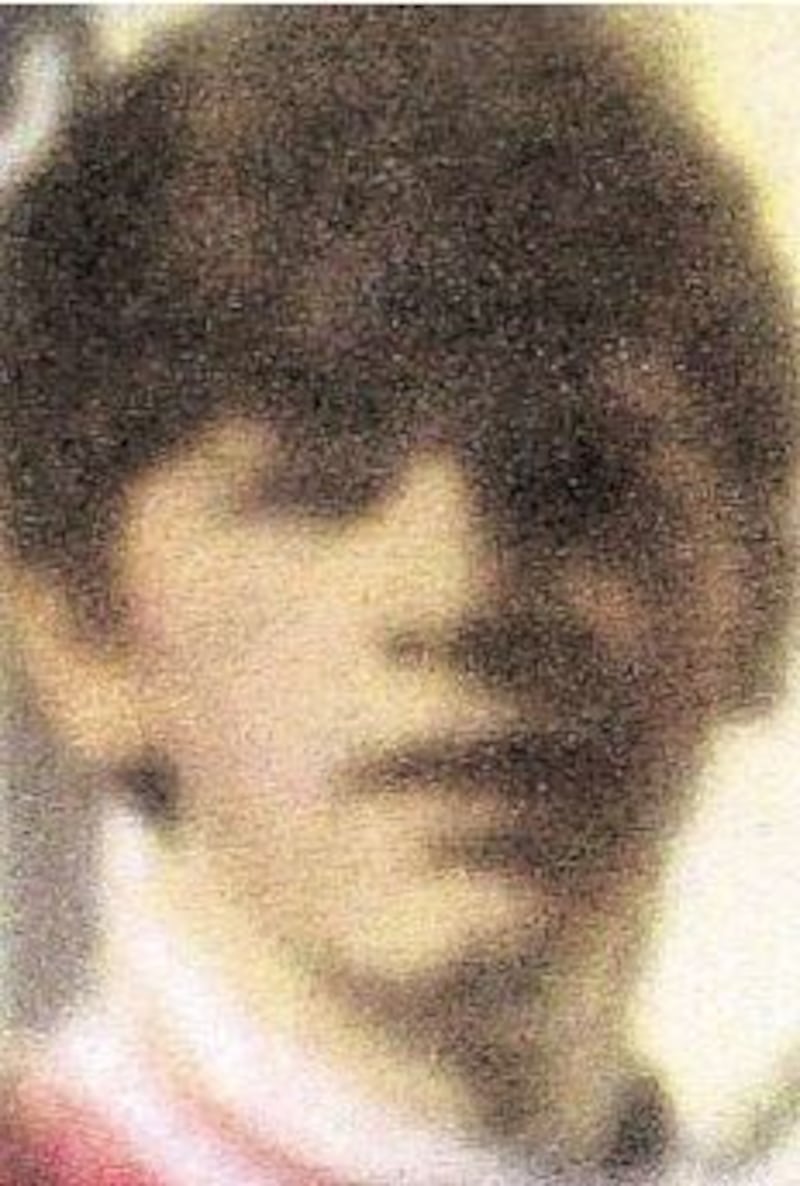
William Nash (19) was the seventh child in a family of 13. He worked with his father on Derry's docks. He was a brother of boxer Charlie Nash. He was killed at the rubble barricade in Rossville Street with a single shot to the chest. His father Alex was wounded trying to reach him. Eyewitness accounts state Nash was unarmed and was going to the aid of someone else when he was shot.
What the Saville report said: He was killed at the rubble barricade along with three others. Saville said he was sure the soldiers, in this instance, fired into an area where no one was posing a threat of causing death or serious injury.
Michael McDaid

Michael McDaid (20) lived in Tyrconnell Street. He was the second youngest of a family of 12. He was a bartender in the Celtic Bar. He was killed by a single shot at the rubble barricade in front of Rossville Flats. The tweed jacket that he was wearing on the day, with a jagged tear where the bullet exited his body, is on display at the Museum of Free Derry.
What the Saville report said: He was killed at the rubble barricade along with three others. Saville says the soldiers who shot him were not in a state of fear or panic, but that he is sure they fired into an area where nobody was posing a threat of causing death or serious injury.
Michael Kelly
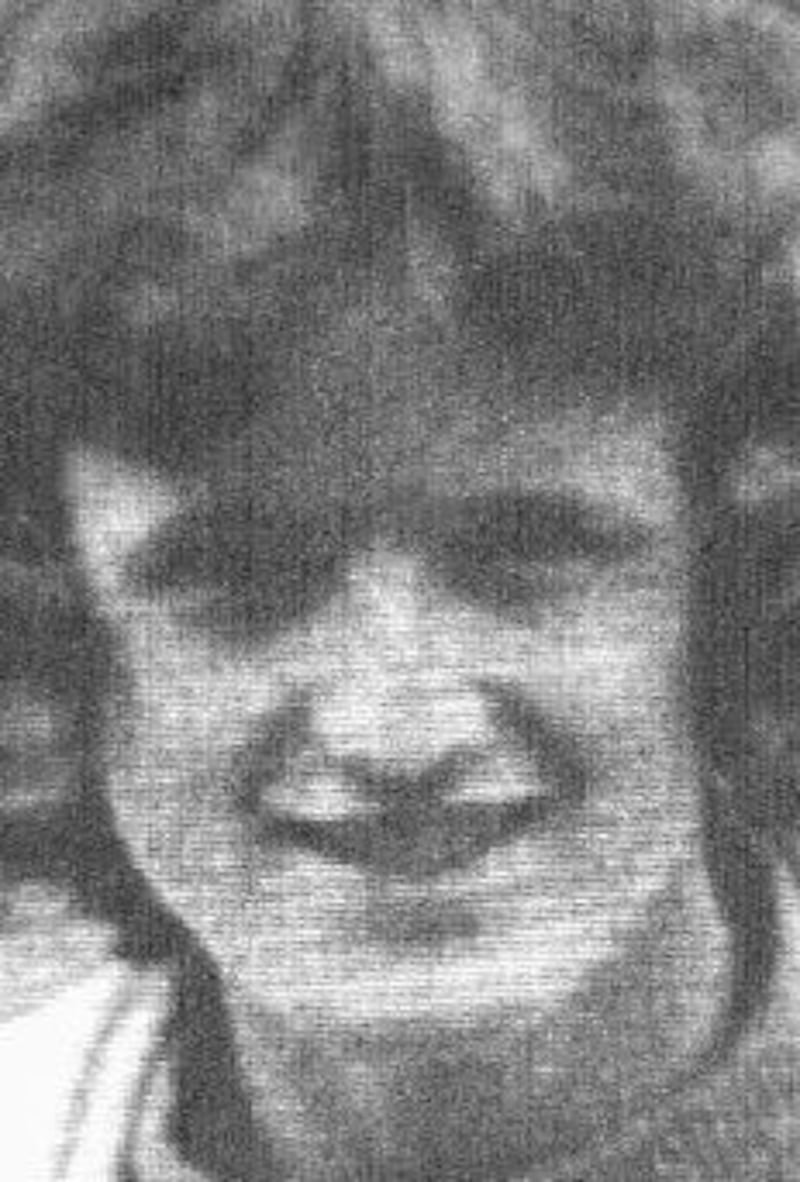
Michael Kelly (17) was the seventh child in a family of 13. At the age of three he contracted a virus and spent three weeks in a coma, but he recovered and was training to be a sewing machine mechanic. He had no interest in politics and the march was the first he had ever attended. He was shot near the rubble barricade in front of Rossville Flats.
What the Saville report said: He was shot at the barricade by Lance Cpl F of anti-tank platoon, members of which opened fire with rifles from a ramp named Kells Walk some 80 yards away. Saville said Lance Cpl F initially said nothing about this shot but later admitted he fired, falsely claiming this was at a nail bomber. Saville says the shot was not fired by a man in a state of panic or fear.
John Young

John Young (17) was born at Springtown Camp. The youngest of a family of six, he worked in John Temple's menswear shop in the city. He was interested in showbands and was a roadie for The Scene. He was killed by a single shot to the head as he sought shelter at the rubble barricade on Rossville Street.
What the Saville report said: He was shot and killed at the rubble barricade, possibly by Cpl P of mortar platoon. Saville rejected claims from the soldiers that those on the barricade were armed as "knowingly untrue". He said the group was not posing a threat, and that it was not likely they were shot out of fear or panic.
Kevin McElhinney

Kevin McElhinney (17) was the middle child in a family of five. He helped look after his home for six months while his mother recovered after a heart attack. He worked at Lipton’s supermarket from the time he left school. He was shot from behind as he tried to crawl to a doorway at the Rossville Flats. He was dragged inside by people sheltering there. Two eyewitnesses, including a priest, testified that he was unarmed.
What the Saville report said: He was shot by members of composite platoon, who had taken up positions at the low walls of the Kells Walk ramp, as he was crawling south from the rubble barricade and away from the soldiers. He was fired at on the orders of one or perhaps two nearby non-commissioned officers, Colour Sgt 002 and Cpl 039.
Hugh Gilmour

Hugh Gilmour (17), a trainee tyre-fitter, was the son of a former Derry City soccer player and the youngest of a family of eight. He was shot as he ran on Rossville Street, and a photograph was taken seconds afterwards. He was struck close to the rubble barricade, but managed to continue running for a few metres before falling to the ground at the side of the flats, just below the window of his family home.
What the Saville report said: He was mortally wounded as he was running away from the soldiers in the vicinity of the Rossville Flats. Saville said he is "sure" Pte U fired at Gilmour, and that the soldiers who opened fire in the area he was killed in believed no one was posing a threat of causing death or serious injury, and did not fire in a state of fear or panic.
Bernard McGuigan
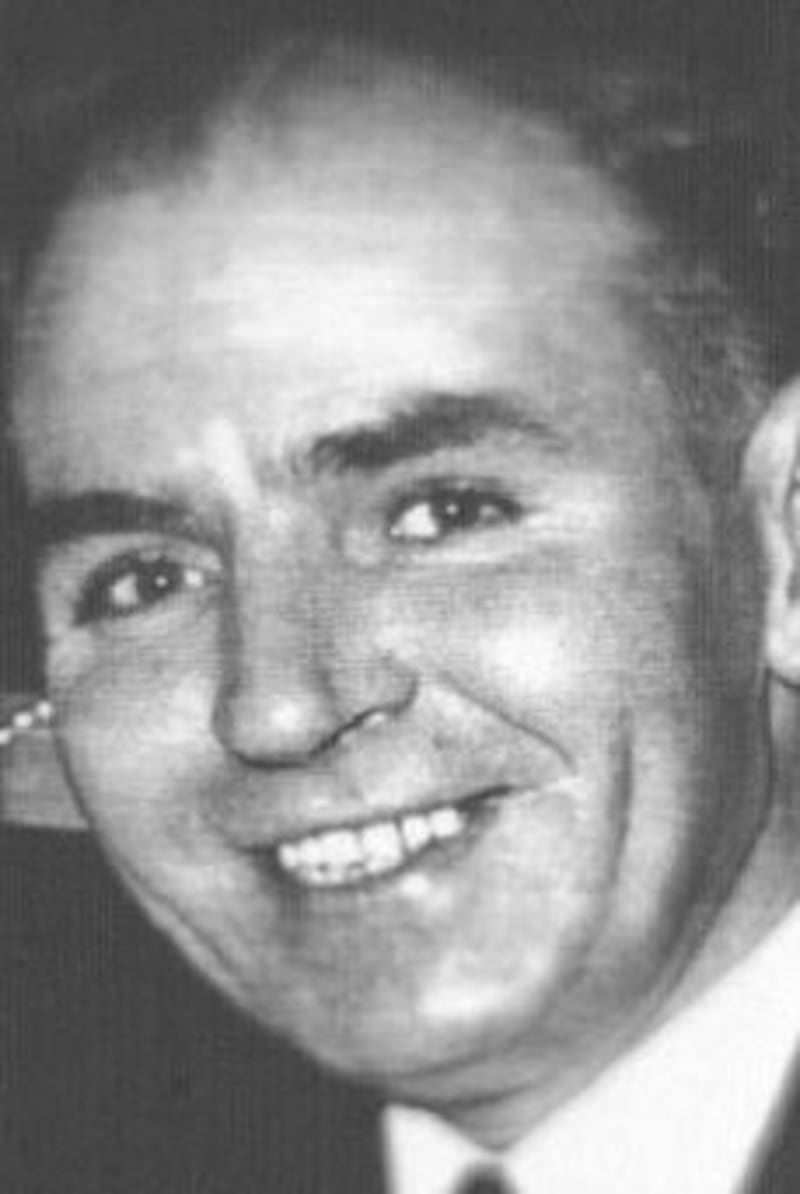
Bernard "Barney" McGuigan (41) was a married father of six. He was shot in the back as he tried to go to the aid of the dying Patrick Doherty. Mr McGuigan had emerged from shelter waving a white handkerchief when he was shot dead by a single bullet to the head. A number of eyewitnesses stated he was unarmed.
What the Saville report said: He was one of the last gunfire casualties of the day. He was shot in the head and killed instantly as he was waving a piece of cloth and moving out from the cover afforded by the southern end wall of block one of the Rossville Flats. Saville said there was no doubt that Lance Cpl F shot McGuigan.
Patrick Doherty
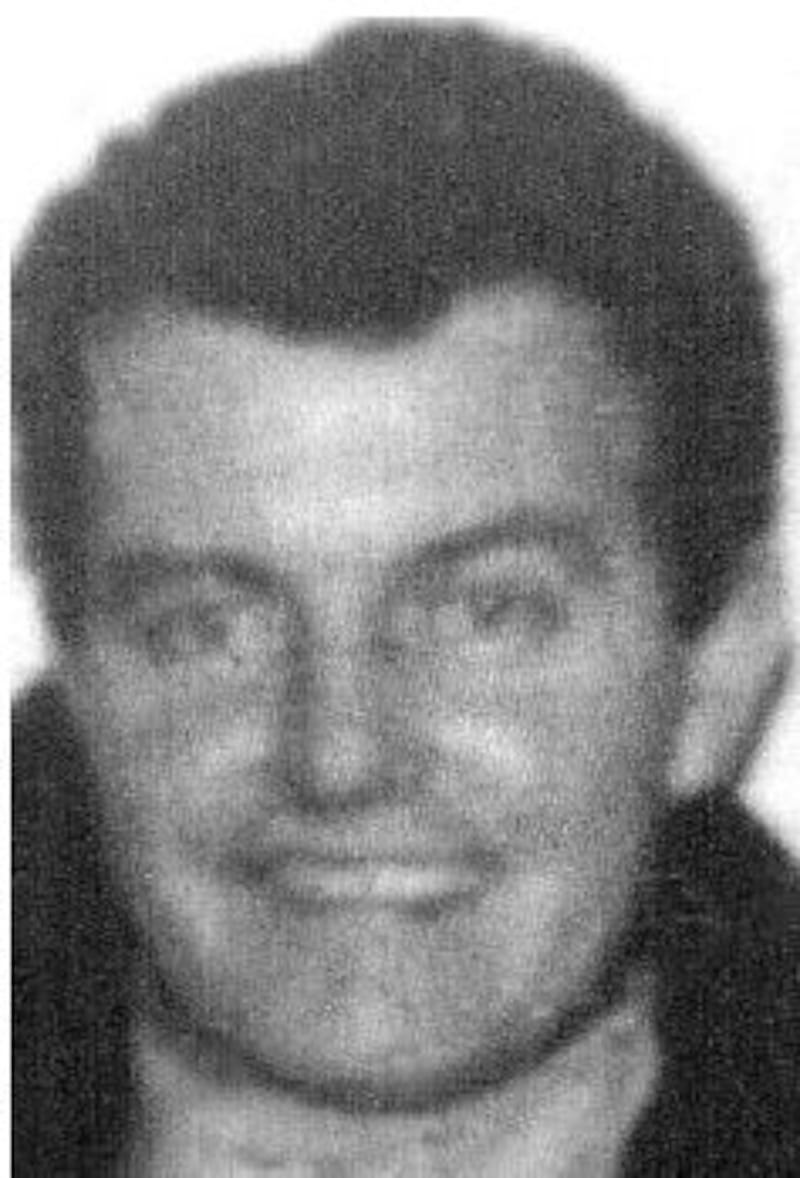
Patrick Doherty (32) was a married man with six children. He was shot dead as he attempted to crawl for cover behind block two of the Rossville flats complex. His last movements were filmed by photographer Giles Peress. He was most likely shot as he turned away from the paratroopers. A steward on the march, he had encouraged his wife Eileen to stay at the rear of the parade.
What the Saville report said: He was among the last gunfire casualties of the day, and Saville said he is sure it was Lance Corporal F who mortally wounded him with a shot to the buttock. He was hit in a pedestrianised area between the Joseph Place flats and the side of Block 2 of the Rossville Flats. At the time, he was attempting to crawl to safety.
John Johnston
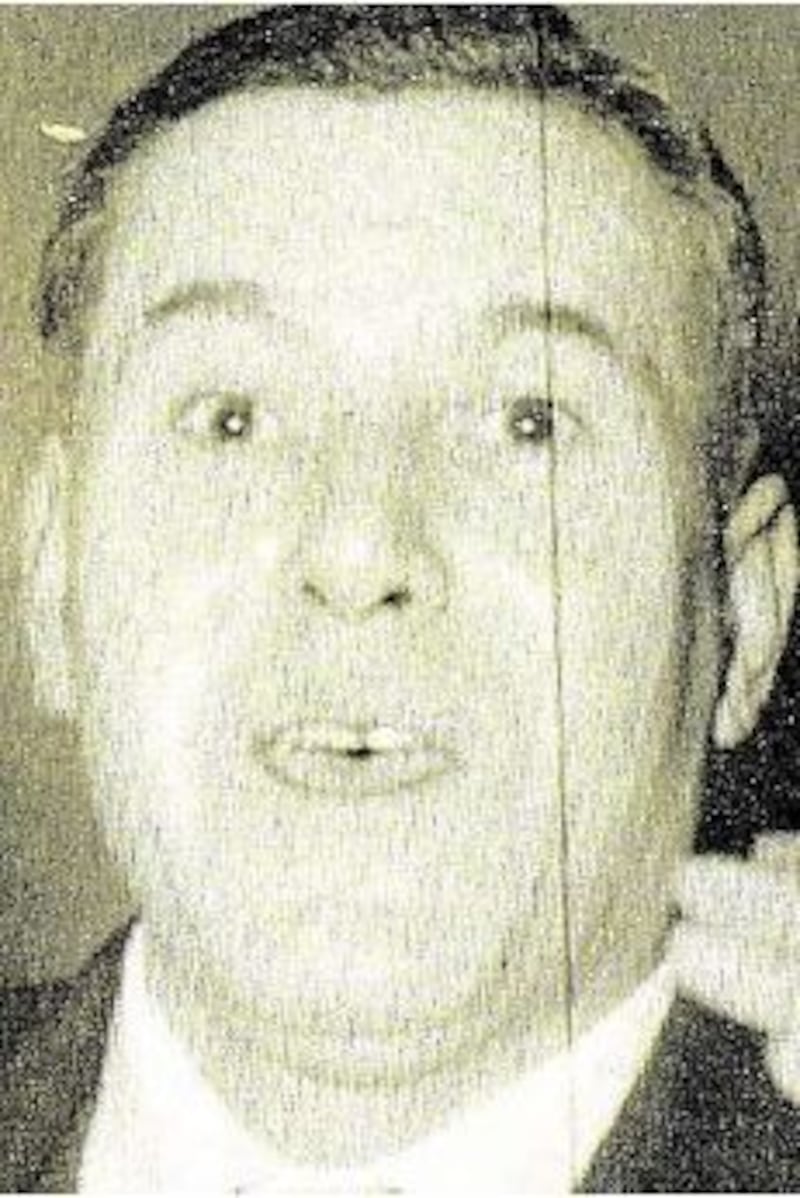
John Johnston (59) worked as a draper all his life and was a keen golfer. He supported the civil rights movement and attended as many marches as he could. However, Johnston was not on the march that day, but on his way to visit a friend in Glenfada Park. He was hit by the first shots fired in William Street on the day. When he died months later on June 16th, 1972, his death was attributed to the injuries he received on Bloody Sunday.
What the Saville report said: He was hit accidentally by fragments of shots fired at Damien Donaghy on a patch of waste ground in William Street. These shots were fired by Cpl A or Pte B. Saville concluded the soldier who fatally injured him was not firing at someone "posing a threat of causing death or serious injury".
Wounded but not fatally in Derry on Bloody Sunday.
Damien Donaghey was hit in the thigh just off William Street by Corporal A or Private B of Machine Gun Platoon. Margaret Deery was shot in the thigh by a rifle bullet at the end wall of some back gardens on Chamberlain Street. Michael Bridges was shot in the thigh a short distance from Sgt O's vehicle in the car park of Rossville Flats, which was also where Michael Bradley was injured, most likely by a bullet from the gun of Private Q of Mortar Platoon. Patrick McDaid and Pius McCarron were injured by debris sent flying by shots as they tried to run from Rossville Flats. It was most likely a shot from the gun of Private T of Mortar Platoon that injured Patrick Brolly, just after Jackie Duddy was mortally injured in Rossville Flats. Saville said there was not sufficient evidence to say who had shot and injured Alexander Nash. It was probable that Corporal E shot and injured Patrick O'Donnell in Glenfada Park. Joe Mahon was probably wounded by a shot that first hit William McKinney, killing him. Saville said it was not clear if Joe Friel and Michael Quinn were specifically targeted or hit by indiscriminate shots fired into Glenfada Park North. Daniel McGowan and Patrick Campbell were shot, with the fatally injured Bernard McGuigan and Patrick Doherty, within a short time frame at Rossville Flats. All were probably hit by Lance Corporal F. The report said the circumstances in which Daniel Gillespie was injured were so confused that it was not possible to identify the soldier or soldiers responsible for his injury.








